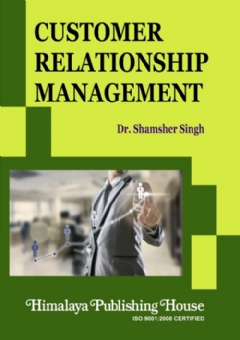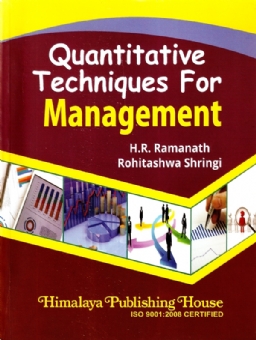In today’s highly competitive business world, both CRM and excellence in customer service are strategically important. Business managers know that providing quality customer service is essential to increase satisfaction in order to increase relationship share and subsequently to achieve revenue growth. The main idea of CRM is to have better understanding about customers so that the firm can serve them in an improved way, and thus enhance customer satisfaction. It will lead to better customer perception about firm and positively affect relationship share.
Customer Relationship Management is putting the customer at the heart of the business. With the support of technology, the organization can have a 360-degree view of the customer, which will enable them to improve the quality and satisfaction of each customer interaction and maximize the profitability of customer relationships, a win-win for both organization and customers. CRM is a business strategy that apply to every organization. It means working with customers such that they receive great service and are motivated to return again and again to do more business with the organization. Depending on how one look at it, CRM can be practiced in companies at different levels. It can be practiced at the organizational level (ideally). It can be practiced at a front end (customer facing level) – anything that has to do with interactions with customers, marketing, sales and service. Or it can be practiced at the very functional level, like in a call center within a sales force, etc.
CRM requires a customer-centric business philosophy and culture to support effective marketing, sales and service processes. CRM applications can enable effective customer relationship management, provided that an enterprise has the right leadership, strategy and culture. Customer Relationship Management is about maximizing value with your customer. In this competitive global economy, a key business strategy is focused on infrastructure and delivery of business processes to manage and deliver customer value across multiple channels.
Contents –
1. Introduction: Customer Relationship Management
2. CRM Applications Decisions and Myths
3. The Customer Relationship Management Frameworks / Models
4. Principles of Customer Relationship Management
5. Customer Relationship Building and Customer Retention
6. The CRM Process
7. Electronic Customer Relationship Management (eCRM)
8. CRM Cycle and Customer Life Cycle
9. CRM Architecture
10. Data Warehouse
11. Data Mining
12. Benefits of CRM Architecture
13. Sales Force Automation (SFA)
14. Enterprise Marketing Automation (EMA)
15. Call Center
16. CRM Implementation
17. Developing CRM Strategy
18. Keys to CRM Successful Implementation
19. Integration of CRM with ERP System
20. Service Quality and Its Dimensions
21. Managing Customer Communication
22. Impact of CRM on Marketing Channels and Supply Chain
23. Emerging Trends of Marketing Channels and Supply Chain Management
24. Managing Unprofitable Customer using CRM Knowledge
25. Future Developments in CRM
Case Studies






